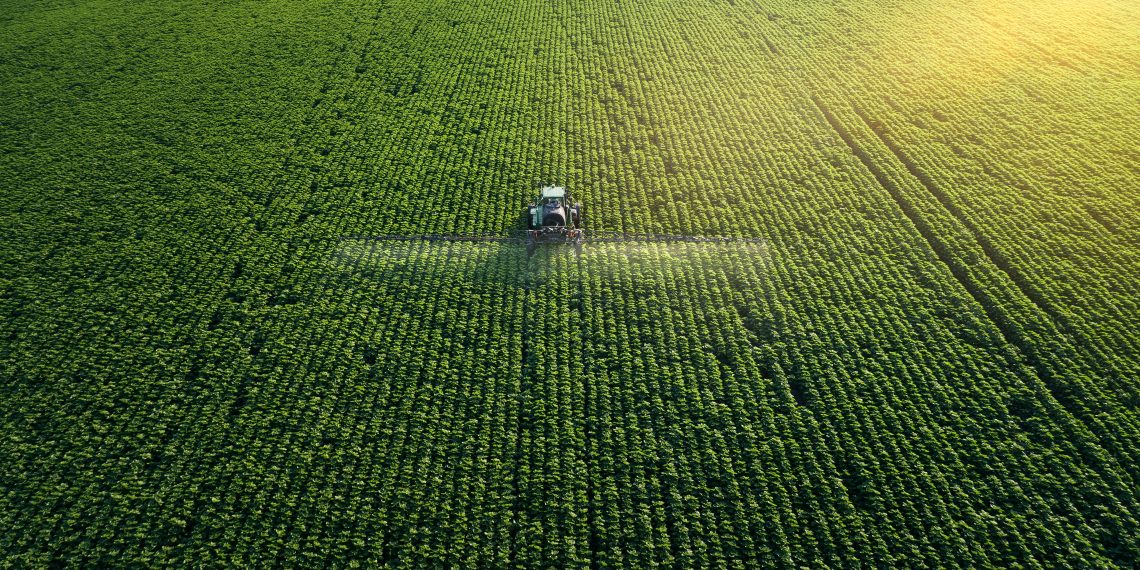The marriage of agriculture and technology, known as AgTech, has become a crucial element in the evolution of modern agricultural practices. Traditional farming techniques have supported the industry for ages, but now, the integration of sophisticated technologies is transforming the agricultural framework into a more productive, sustainable, and data-centric domain. AgTech moves away from the reliance on manual labor and guesswork, utilizing advanced digital tools to refine every aspect of the farming process.
Exploring the leading AgTech trends for the upcoming years, we witness how these advancements are radically altering our methods of food cultivation, harvesting, and distribution. These trends encompass the utilization of artificial intelligence (AI), the internet of things (IoT), blockchain, robotics, and data analytics. Farmers and AgTech enterprises are now embracing these opportunities to boost productivity and profit while committing to environmental protection. This in-depth analysis serves as a resource for software developers to grasp the transformative influence of AgTech and to venture into this dynamic and ever-growing sector.
Artificial Intelligence in Precision Agriculture
AI has become a cornerstone in precision agriculture, providing deep insights into crop vitality, soil quality, and environmental variables. Rather than depending on manual assessments, AI applications analyze extensive datasets from satellite images, drones, and IoT devices to offer actionable advice for crop management in real time.
AI systems not only monitor plant health and detect pests or diseases but also predict weather fluctuations and crop outcomes, as well as fine-tune irrigation plans. Machine learning algorithms enable farmers to make decisions rooted in solid data, bolstering productivity and profit while mitigating environmental damage. As AI continues to advance, its pivotal role in the future of precision agriculture is set to grow, fostering more effective use of resources and environmentally conscious food production.
Internet of Things (IoT) and Sensor Technology
IoT has revolutionized agriculture with its ability to integrate sensors, devices, and analytics platforms seamlessly throughout the farming environment. The spread of IoT solutions provides real-time monitoring and control over agricultural operations. Such technologies range from soil moisture sensors and weather stations to intelligent irrigation systems and livestock trackers, granting unparalleled insights into farming conditions and performance.
Through IoT and sensor tech, farmers can fine-tune resource consumption, elevate crop yields, and better manage livestock. For instance, IoT-driven irrigation systems can autonomously alter water distribution based on soil moisture, conserving water and reducing waste. Livestock monitors with GPS and biometric sensors track animal wellness and behavior, facilitating timely interventions to avert illnesses or refine feeding regimens.
Blockchain Solutions for Supply Chain Transparency
Blockchain technology offers unmatched clarity, traceability, and trust within the food supply chain, addressing food safety, authenticity, and provenance concerns. Recording every transaction on an unalterable ledger, blockchain allows stakeholders to trace the progression of food items from origin to consumer, guaranteeing accountability and integrity at every supply chain level.
Beyond improving transparency, blockchain can also deter risks linked to food fraud, contamination, and fake products. It empowers consumers with detailed information regarding food origins, production techniques, and handling, fostering informed purchasing decisions and support for ethical, sustainable food production. Blockchain’s role in enhancing trust and openness in the global food system is expected to increase as AgTech progresses.
Robotics and Automation in Farming
Robotics and automation are transforming agriculture by supplementing human effort with intelligent machinery capable of performing various tasks accurately and efficiently. Robotic systems are being adopted for planting, reaping, and processing after harvest. Autonomous vehicles, drones, robotic arms, and sorting machines are streamlining farm operations and amplifying productivity.
Robotics and automation help address labor shortages, cut operational expenses, and boost overall efficiency. Autonomous tractors with GPS and computer vision, for example, can plant seeds and administer fertilizers with perfect timing and spacing. Robotic harvesters can identify and collect ripe produce swiftly and precisely, reducing waste and enhancing yields. The future of farming is likely to see robotics and automation becoming increasingly indispensable.
Sustainable Agriculture Practices with Data Analytics
In the wake of climate change, resource scarcity, and population growth, sustainable agriculture has become a pressing issue. AgTech is driving the adoption of data analytics to refine farming methods and lessen environmental impact. Big data, machine learning, and predictive analytics furnish farmers with the knowledge to make decisions that support soil wellness, water conservation, and biodiversity.
Data analytics is particularly significant in precision farming, which targets the application of resources like water, fertilizers, and pesticides based on real-time data. Precision farming increases productivity and reduces ecological footprints. Furthermore, data analytics uncovers trends in weather, pests, and crop performance, enabling proactive management to mitigate risks and enhance yields.
In summary, the principal AgTech trends for the forthcoming years are ushering in a transformation of the agriculture sector, presenting unparalleled prospects for enhanced productivity, profitability, and sustainability. As developers embrace these trends and craft innovative solutions, they contribute to tackling the global food system’s challenges. AgTech’s potential can forge a more resilient, equitable, and sustainable future for agriculture and society.









